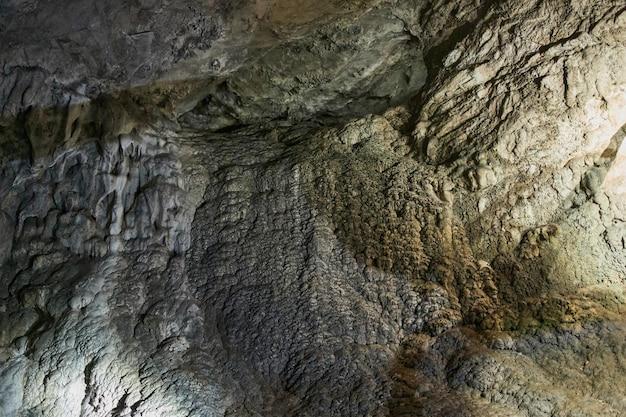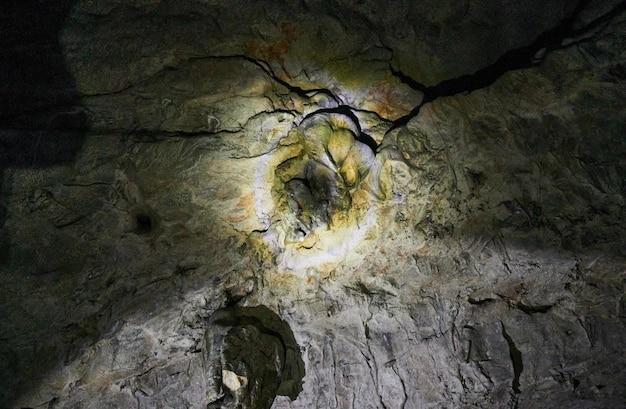The study of our early human ancestors has always been an intriguing subject, fueling our fascination with the origins of our species. Archaeologists play a pivotal role in unearthing and piecing together the fragments of our past. Through their meticulous work, they bring to light the stories and mysteries hidden beneath layers of time, providing insights into our ancient roots.
In this blog post, we will delve into the fascinating world of archaeology and explore the methods and techniques used by archaeologists to uncover evidence of early humans. From the excavation of ancient ruins to the analysis of artifacts and fossils, we will embark on a journey through time, shedding light on the ways in which archaeologists unlock the secrets of our ancestors.
Join us as we unravel the enigmatic past, shedding light on the remarkable discoveries that have shaped our understanding of early humans. From Göbekli Tepe, the oldest ruins ever found, to the scientific methods used to analyze evidence, we will delve into the captivating world of archaeology and the extraordinary tales it reveals. So grab your metaphorical trowel and let’s dig into the fascinating study of early humans!

How Do Archaeologists Search for Clues of Early Humans
The work of archaeologists may seem like a cross between a treasure hunt and detective work—but with less extravagant hats and fewer high-speed car chases. When it comes to uncovering the mysteries of early human existence, these intrepid researchers employ a range of methods to find and interpret the evidence left behind by our ancient ancestors.
Excavating the Past with Shovels and Brushes
To embark on their archaeological adventures, these modern-day time travelers pick up their trusty tools: shovels, trowels, and brushes. With keen eyes and careful hands, they dig deep into the Earth’s layers in search of ancient artifacts and fossilized remains. Their goal is to uncover the hidden story of early humans and piece together the puzzle of our past.
Unearthing Relics from the Dusty Depths
As archaeologists peel away the layers of time, they encounter a treasure trove of relics left behind by early humans. From stone tools and pottery fragments to skeletal remains and engraved bones, every clue brings them closer to understanding our ancestors’ way of life. These precious artifacts might not glitter like gold, but their historical value is priceless.
Analyzing the Microworld: Microscopes and Beyond
Once unearthed, the artifacts are carefully cleaned and analyzed under the watchful eye of archaeologists. Microscopes become their magnifying glasses, revealing tiny details that might hold the key to understanding ancient technologies, diets, and cultural practices. This meticulous examination allows archaeologists to bridge the gap between the ancient and modern worlds.
Getting Groovy with Geophysics
Archaeologists aren’t ones to shy away from modern technology. They employ a range of cutting-edge techniques—including ground-penetrating radar and magnetometry—to “see” beneath the soil without disturbing the delicate remains underneath. By detecting variations in subterranean features and soil composition, these geophysical methods help pinpoint potential archaeological sites.
Diving into the Deep: Underwater Archaeology
Not all clues to our ancient past lie buried on land. Underwater archaeological explorations take us beneath the waves to explore submerged sites and shipwrecks. Armed with diving gear and an insatiable curiosity, archaeologists plunge into the depths to discover sunken secrets that offer glimpses into the lives of early humans who lived near water.
The Puzzle of Paleolithic People
When it comes to early humans, the Paleolithic period steals the spotlight. This era, spanning from approximately 2.6 million years ago to around 10,000 BCE, witnessed significant human advancements. By piecing together evidence from tools, cave paintings, and even ancient garbage dumps, archaeologists gather clues about the ingenious ways our ancestors adapted to their surroundings.
Decoding Dietary Habits and Health
Delving deeper into the lives of early humans, archaeologists unearth clues about their diets and health. By examining ancient bones and teeth, researchers can discern what our ancestors ate and even identify signs of diseases or injuries they may have suffered. This intimate glimpse into their lifestyles offers a unique perspective on the challenges they faced and the strategies they employed to survive.
Unearthing the Untold Stories
Thanks to the tireless efforts of archaeologists—part storyteller, part historian—we can begin to comprehend the lives of our ancient predecessors. With each meticulously excavated artifact and every carefully analyzed bone, they uncover the unseen chapters of human history. These diligent detectives of the past ensure that the stories of early humans are not forgotten but instead cherished, admired, and passed down to future generations.
So, the next time you stumble upon an archaeological site, take a moment to appreciate the remarkable work of these time-traveling archaeologists. With their shovels, brushes, and boundless curiosity, they dig deep to bring the fascinating tales of our early human ancestors to light.

Frequently Asked Questions about Archaeologists’ Methods in Search for Early Humans
How do archaeologists search for evidence of early humans
Archaeologists employ a variety of techniques to uncover traces of early humans and their civilizations. These intrepid investigators leave no stone unturned in their quest for knowledge, quite literally! Utilizing excavation tools such as trowels, brushes, and a keen eye for detail, these modern-day explorers painstakingly dig through layers of earth to unearth artifacts, bones, and structures that offer valuable insights into our distant ancestors’ lives.
Is it safe for Americans to visit Göbekli Tepe
Absolutely! Fear not, adventurous Americans, for Göbekli Tepe welcomes visitors from near and far. Located in modern-day Turkey, this archaeological wonder is open to explorers of all nationalities. So, if you have an enthusiasm for history, breathtaking ruins, and perhaps a healthy dose of sunscreen, Göbekli Tepe awaits your arrival!
How was the dating of Göbekli Tepe accomplished
Ah, the mysteries of time! For Göbekli Tepe, archaeologists utilized various dating techniques to unravel the age of this remarkable site. By employing a combination of radiocarbon dating, which determines the age of organic materials, and stratigraphic analysis, which studies the layers of sediment surrounding the artifacts, experts were able to estimate that this ancient marvel was constructed around 11,500 years ago. To put that in perspective, that’s nearly 9,500 years before the mighty pyramids of Egypt were built!
Can curious Americans visit Göbekli Tepe
Of course, they can! Embrace your wanderlust, my American friends, and embark on a thrilling adventure to Göbekli Tepe! Whether you’re eager to marvel at the intricate stone pillars, immerse yourself in ancient history, or simply bask in awe of human achievement, this archaeological wonder welcomes you with open arms. So pack your bags, grab your passport, and get ready for an unforgettable journey to the cradle of civilization!
Is Göbekli Tepe still undergoing excavation
Oh, absolutely! The quest for knowledge knows no bounds, and the excavation of Göbekli Tepe is an ongoing endeavor. Archaeologists continue to explore, unearth, and study this captivating site, unearthing more secrets with every delicate brushstroke. So, while you may not witness all of its wonders in a single visit, know that there is always something new and exciting waiting to be discovered in Göbekli Tepe!
Who had the honor of discovering Göbekli Tepe
In the year 1963, a German archaeologist by the name of Klaus Schmidt stumbled upon this archaeological gem. We can only imagine the mix of excitement and curiosity that surged through his veins as he uncovered the extraordinary ruins of Göbekli Tepe. It just goes to show that sometimes, the most extraordinary discoveries happen when we least expect them!
What holds the distinction of being the oldest ruins ever found
Prepare to have your mind blown, my friends, because the oldest ruins ever discovered are none other than those at Göbekli Tepe! Yes, you heard it right. These magnificent structures, dating back around 11,500 years, predate even our great Egyptian pyramids. They offer a glimpse into the remarkable capabilities of our early human counterparts and their impressive mastery of stone construction.
How do these clever archaeologists analyze the evidence they discover
Archaeologists possess a veritable arsenal of methods to analyze and interpret the evidence they uncover. They meticulously examine artifacts, bones, and structures, employing a range of scientific techniques such as carbon dating, microscopic analysis, and even DNA analysis. This allows these astute investigators to paint a vivid picture of the past, piecing together the tapestry of our human heritage, one fragment at a time.
So there you have it, my inquisitive readers, answers to some burning questions about how archaeologists seek out the traces of our early human ancestors. From the careful excavation techniques to the ongoing mysteries waiting to be unraveled, the world of archaeology is as captivating as it is informative. So, grab your pith helmet and join these intrepid explorers in their quest to uncover the secrets of our ancient past!
